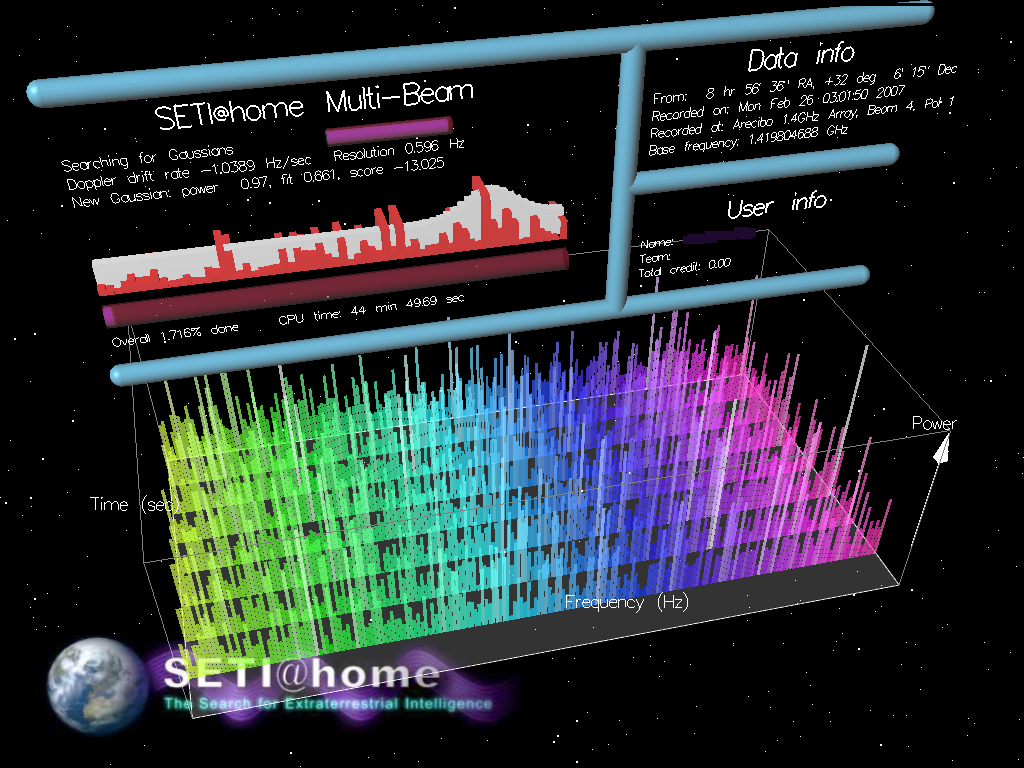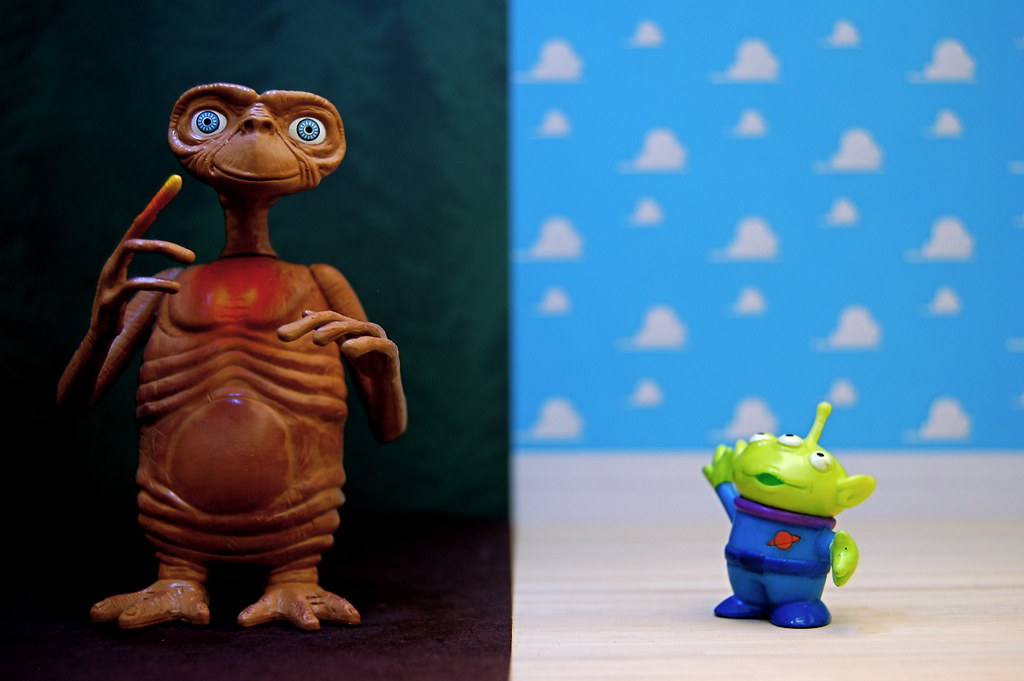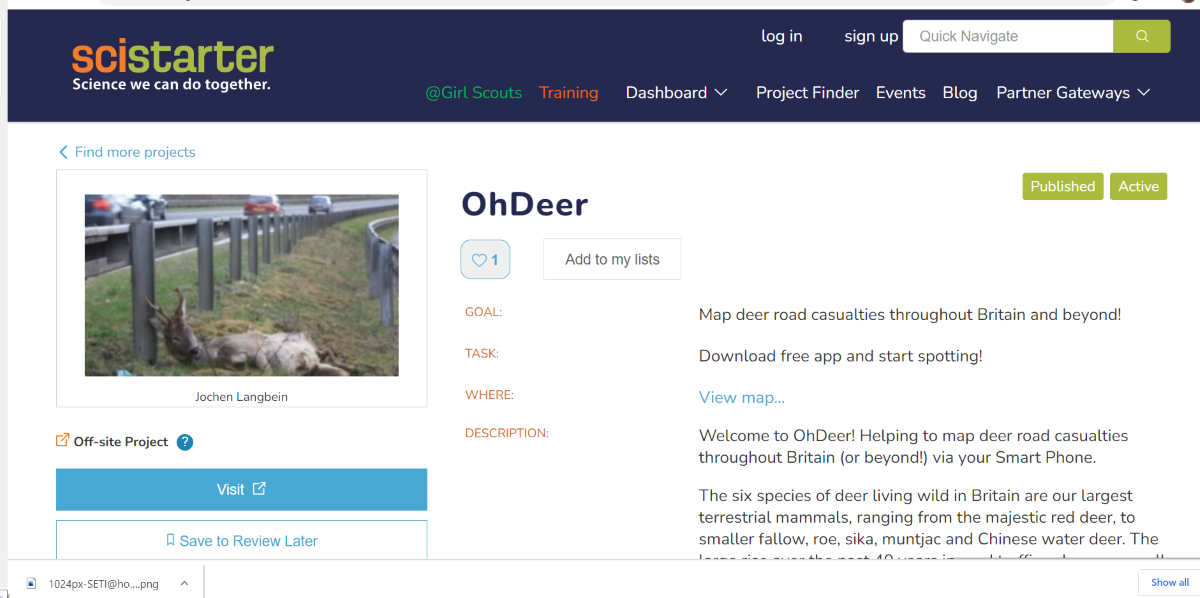
The power and impact of citizen journalism is something I’m sure you are familiar with and, given that you are, right now, reading from this esteemed site, I’m also sure you fully support the concept. It’s all about concerned citizens playing an active role in democratically reporting, analysing and disseminating news. What is less well-known, however, is that none of it would have been possible if it hadn’t been for a small group of renegade scientists who decided to search for little green men. Yes, quite literally, alien lifeforms on distant planets.
This dedicated group of geeks knew that there were a large number of radio telescopes spread around the globe, sweeping the distant corners of the cosmos searching for various astronomical features. But if ET did exist somewhere out there, then he would also be found in those same, difficult-to-reach regions, transmitting a predictable, and hopefully, detectable signature. Furthermore, the scientists knew what to look for: the extra-terrestrial transmissions would be the same profile, or very similar, to those the inhabitants of planet Earth transmit. The planetary emissions would be a heady mix of radio waves (possibly as they watch their own alien versions of Star Trek) and specific gas signatures. The right gas mix would herald the existence of water on the planet, as well as oxygen and other gases that would only be detectable if activities of an industrial nature were occurring.

Now, one problem these scientists didn’t suffer from was a lack of data. Most data sets collected by the myriad of space telescopes are openly available for their international scientific colleagues to examine. They also knew what to do with the data in order to uncover what they were looking for. Their problem was that they were but a small group, and they lacked computer processing power. And so they decided to expand their team. They named themselves the SETI group (Search for Extra Terrestrial Intelligence).
Over the ensuing months and years, the number of SETI members increased; sadly, not as quickly as the volume of data awaiting analysis expanded. The member numbers were being outpaced by the global increase in telescopes and the consequential exponential growth in astronomical data. Then they hit on an idea. Why not ask people who had little or no knowledge of cosmic data analysis to help out? These volunteers needed one thing: an internet-connected computer which wasn’t being utilised 24/7. The helpers weren’t being asked to donate their physical computer, just some spare computing capacity.
The participants downloaded a tiny program from SETI onto their computer, which first detected how busy the machine was. When the program detected a lull in activity, it opened an internet connection ‘window’ on the computer and sent it small data packages which had been collected from the telescopes. The computer would then analyse the received data as per the instructions written into the SETI downloaded code. When that same program detected that a human required the computer again, it sent all the data it had managed to analyse back to SETI, and finally shut the window until the next lull in activity was detected. Each computer only contributed a tiny amount to the required analysis, but hundreds of thousands of computers contributed to what became known as SETI@Home.
So, what did the volunteers get out of this? Well, in this case, not very much. They presumably had some interest in astronomy and wanted to play a part in something to which they wouldn’t normally have access. In tangible terms, they didn’t even know when SETI had taken over their machine, but they did get a newsletter and access to the SETI blog. But otherwise, it was simply philanthropy in action.
This massively collaborative project was the first to be labelled a ‘Citizen Science’ project. It started back in 1982, but is still a very active group, with 5.2million members currently. Okay, we still haven’t found those little green men, but, thanks to this large, dedicated squad of volunteers, we have a much better understanding of the difficulty of finding alien life. Furthermore, over the last forty or so years, the project has contributed enormously to the sum of astronomical knowledge in a wide range of related areas. Perhaps more importantly still, it laid the foundations for the infrastructure necessary to support future large-group science projects and experiments.
A recent popular citizen science example in which you may well have been involved is the annual Royal Society for the Protection of Birds (RSPB) Birdwatch, which took place during the last weekend of January. The rules were simple. Choose one hour over the prescribed weekend, and count the birds that land in your garden, park or, indeed, near your balcony, and then send your results into the RSPB. You may think the time of day chosen, or the size of observation area, the weather or location, would influence the results, but this is the advantage of massive-scale projects of this type: all those confounding influences ‘smooth out’ to produce average count values, which is what the project managers are seeking.
As an aside, here’s another interesting example of ‘group-think’. You know those charity fund-raiser games where you have to guess the number of sweets in a jar, the weight of a turkey and the like? If you were to log the guesses provided by all the hopeful contestants, and then take the average of the values, your answer would be very close to being spot-on. For thousands of contestants, the average result will be virtually guaranteed to be exactly correct.
And it’s the same with the bird-counting exercise. It doesn’t matter if you are measuring at 9am at the top of Porlock Hill, or 6pm from an estate house in Mutley Plain; all the numbers smooth out to give an accurate solution. The few extreme numbers melt into the mass of ‘more normal’ data. In our own garden observation, for instance, it was all looking a little calamitous for us until, towards the end of our monitoring hour, a flock of Goldfishes (our long-established family name for goldfinches) arrived, mob-handed, to attack the nyjer seeds. In the grand scale, it made little difference, but we felt we could hold our heads high as we submitted our data.
So, by now, I’m sure you are convinced that citizen science warrants some further investigation on your part. There are activities which cover a multitude of areas of study, and for volunteers of widely differing experience: schoolchildren, professional researchers, hobbyists, older – maybe retired – people. There’ll be something there to suit everyone.
So, where to look? Well, you could simply try an internet search for ‘Citizen Science and [your preferred subject]’. But, for a start, you could do a lot worse than using one of the Citizen Science aggregation sites such as the Zooniverse or Scistarter platforms. These hold collections of thousands of projects. Scistarter alone hosts upwards of 3,000 individual projects, though mainly of a scientific nature. By contrast, Zooniverse hosts a wider range of activities, including non-scientific examples such as language interpretation, anthropological records and history projects. In fact, currently, the most recent Zooniverse project involves studying, sorting and digitising a massive document archive of Quaker correspondence known as ‘The Baltimore Project’. The aim of the project is to uncover new angles on the Quakers’ attitudes towards feminism and abolitionism.
Having described Zooniverse, I thought it would only be fair to see what Scistarter could offer me. I ticked the ‘Projects near me’ box on the ‘Home Dashboard’ and, asked for a keyword, I entered the first random word that came into my head. For some reason, (maybe an impending MOT) it was ‘vehicle’. The project it selected for me was one called ‘OhDeer’. Although this is a national project, the software thought it would be of some interest to many of us living down here in the south-west. Their aim is to map the instances of vehicle collisions with the six types of deer resident in this country.
The two example projects I’ve highlighted above were the first I found quickly, and are for illustrative purposes only. It is, of course, up to you to select your own area of interest and find your personal or, possibly, family project.
One major advance in citizen science in recent years has been the way social media has played its role in supporting the projects. Most projects now come with their own blogs and allow users to interact via the main social media platforms including zoom-style video spaces. Participants no longer feel they are isolated contributors, but are part of a like-minded, close-knit community.
As a final light-hearted aside, here’s a little puzzle for you. I said at the start of this post that the creation of citizen science made the platform on which, much later, the development of online citizen journalism appeared. Well, consider now the ubiquitous online shopping experience, and the platform to allow the choice of goods from a wide range, and the safe and secure exchange of monies for the retail transactions. Your question is this: which goods or services were responsible for first setting up a stable working system to allow such transactions?
If you answered the betting industry, you were close … but no cigar. The first paying pornographic sites came on stream about five years before the first betting sites appeared.
Now, go find that project!

